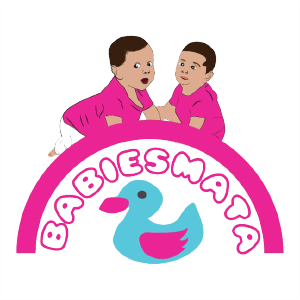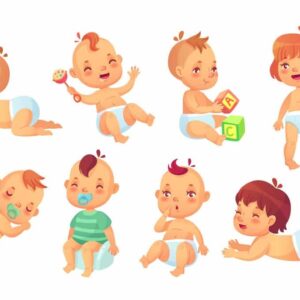How Babies Regulate Cold and Heat

Things change after 2-3months of birth, babies become less delicate, but they are still physiologically immature. Their heat-control device isn\’t quite ready yet. You\’ll have to wait a few more months for their bodies to adjust to temperature changes naturally. Babies don\’t learn how to control their temperature until they\’re about 18 months to 2 years old, and they\’re still more susceptible to temperature changes than adults.
What should my baby\’s temperature be?
A rectal reading is the most precise way of taking the baby\’s temperature, which should be between 98 and 100.3 degrees Fahrenheit; a temperature of 100.4 degrees F or higher is considered a fever. When your baby\’s temperature rises above average, it may be an indication of sickness. Consult your pediatrician, particularly if other symptoms such as a stuffy nose, sore throat, or cough continue.
Underarm thermometer readings are typically 1 to 2 degrees lower than rectal thermometer readings, and oral thermometer values are probably half a degree lower than rectal thermometer readings. If your baby is under the age of three months, a fever of 100.4 degrees F or higher on a rectal thermometer necessitates immediate medical attention, and you should contact your pediatrician right away.
Consider the room temperature of your baby
Think neutral when it comes to your baby\’s nursery: you don\’t want it to be too hot or too cold. In general, if you think the room is too cold, your baby will feel the same way, and if you feel the room is too hot, your baby will feel the same way.
In the summer and winter, keeping the temperature between 68 and 72 degrees F is a reasonable range. When the room is too hot, your baby\’s risk of SIDS increases; when the room is too cold, your baby can quickly become uncomfortably cold and wake up early or suddenly.
It\’s best not to put any extra heaters or air conditioners in your child\’s bed. Fans, on the other hand, can be beneficial for air circulation and have also been shown to lower the risk of SIDS.
Since preterm babies have a more challenging time regulating their temperature, you might want to set the thermostat to about 72 degrees F for the first few weeks after you bring him home from the hospital.
Furthermore, if premature babies are too cold, they can lose too many calories trying to warm up, which isn\’t ideal because weight gain is vital to their general wellbeing.
Dressing your baby for the weather
Think layers when it comes to preparing your baby for various weather conditions. The easiest way to warm up or cool down a baby is to add or remove clothing. Hats are an excellent accessory because they trap heat in the winter and shield the baby from excessive sunshine in the summer. When it\’s cold outside, babies can need an extra layer or two; make sure to remove different layers quickly when you return inside so that baby doesn\’t overheat.
How to dress your baby for bedtime?
Dressing a baby in one more layer than older kids, a one-piece sleeper plus a sleeping bag, for example, should suffice. If cold outside, you might add another layer under his sleeper, such as a long-sleeved onesie. When boiling outside, opt for lighter-weight fabrics. It has been shown that swaddling your baby with a swaddle blanket or a sleep sack will help him sleep longer. Obey these protection guidelines:
- Ensure the baby\’s sleep sack isn\’t too big with extra fabric that could tangle the baby.
- Babies can no longer be swaddled until they can turn over because it increases the risk of suffocation. You can also use sleep sacks built for older babies to keep baby warm while allowing their arms to remain free.
- Avoid swaddling your baby too tightly around the hips, as this can interfere with hip growth.
- To minimize the chance of SIDS, babies should always be placed in their cribs on their backs.
Conclusion
Babies are not experts at regulating their body temperature yet, so they partially rely on their environment. Ensure your baby\’s room is kept neutral (not cold and not hot) to prevent any sudden rise or fall in temperature.








